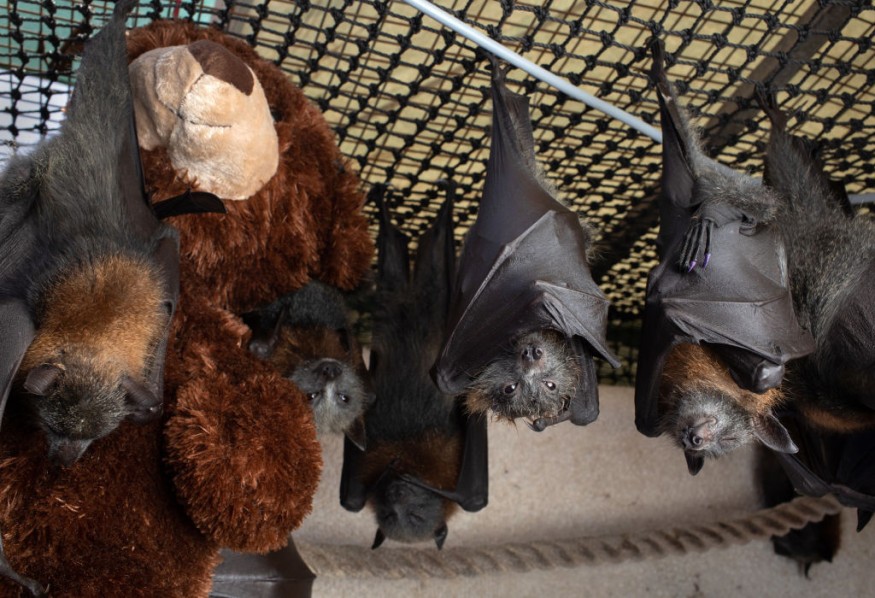A study found that a serotine bats mate by touching their genitals together. Researchers said that reproductiv behaviors stand as cornerstones of sexual selection, yet they remain mysterious in many species.
They noted that because of their nocturnal and elusive lifestyle, the copulatory behaviors of bats have been mostly overlooked. Several aspects of bat reproduction differ from other mammals, such as prolonged sperm storage, delayed development.
Findings of the Study

Experts showed that in serotine bats (Eptesicus serotinus) the penis is used as a 'copulatory arm' rather than an intromittent organ, revealing a novel copulatory behavior in mammals.
In the serotine bat, experts observed a disproportionately large penis characterized by a heart-shape terminal swelling.
They said that the organ constituted approximately 22% of the animal's head-body length during erection. With the erect organ seven times longer and wider than the vagina, its possible function becomes a perplexing question.
The study found out that intromission might not be feasible. Instead, the motile and erect penis could be used to pass the protective tail membrane of the female to reach the vulva.
However, under such conditions, the penis could not penetrate the vagina, resulting in "contact mating'' as the only option. Experts said that this copulatory pattern is common in birds ''cloacal kiss,'' but remains undocumented in mammals.
The evolution of behaviors, organs and physiological processes related to mate competition and courtship are driven by pre- and post-copulatory selection. At the center of this dichotomy is the evolution of copulation, which has been poorly studied in the context of sexual selection.
Bizarre Mating Behavior

Subsequently, researchers observed and documented 93 putative mating events in the attic of a Dutch church and four events in a Ukrainian rehabilitation center.
They observed that during copulation, the male grasped the female in a dorsoventral position. The male bit the skin on the nape, and the lateral movements of the male hindquarters were then accompanied by rapid probing movements of the fully erect penis.
They postulated that the hair present on the terminal swelling serves as a sensor to help find the vulva.
During this period, experts noted several social calls, probably emitted by the female. Once the penis was firmly pushed against the vulva, the male remained still, moving only intermittently and no more vocalization was detected.
Following copulation, the fur on the female's abdomen appeared wet, indicating the presence of semen.
In the little brown bat (Myotis lucifugus, Brock Fenton, personal communication) and the common noctule bat (Nyctalus noctula, M.F., personal communication), abundant seminal fluid was found around the vulva and lower abdomen.
They said that it should be noted that the presence of ejaculation in E. serotinus has not been demonstrated. A vaginal swab that tests positive for sperm would still be required to prove it.
Experts said that they had not been able to definitively prove the transfer of sperm from male to female bats.
They ensured that this would be a focus of future research.
Related Article : Endangered Fruit Bats in Mauritius To Be Culled
© 2025 NatureWorldNews.com All rights reserved. Do not reproduce without permission.





